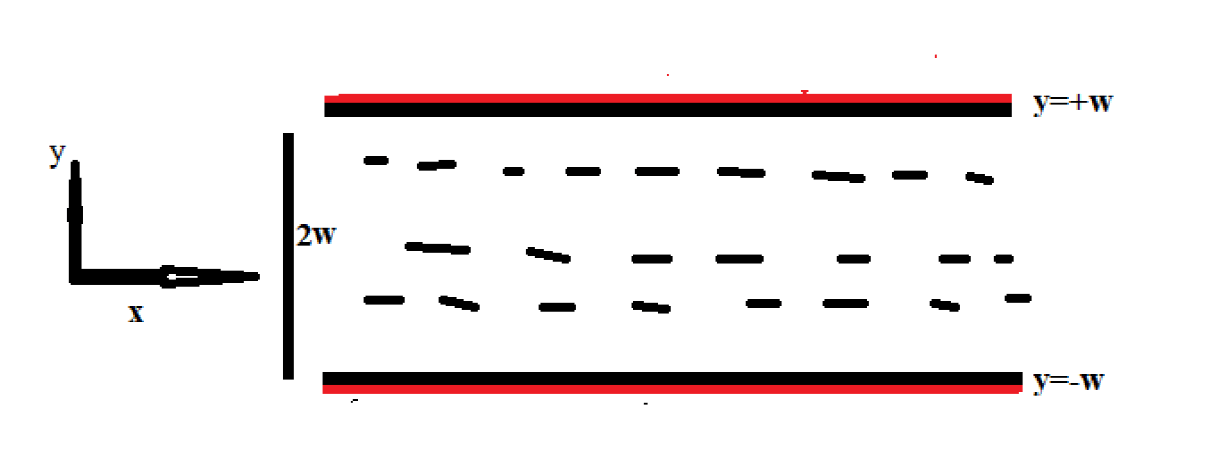 Open Access
Open Access
ARTICLE
Theory and Semi-Analytical Study of Micropolar Fluid Dynamics through a Porous Channel
1 Department of Mathematics and Sciences, Prince Sultan University, P.O. Box 66833, Riyadh, 11586, Saudi Arabia
2 Department of Mathematics, Abdul Wali Khan University, Mardan, P.O. Box 23200, Khyber Pakhtunkhwa, 23200, Pakistan
3 Department of Mathematics, University of Malakand, Chakdara Dir(L), Khyber Pakhtunkhwa, 18000, Pakistan
4 Department of Mathematical Sciences, Faculty of Sciences, Princess Nourah bint Abdurahman University, P.O. Box 84428, Riyadh, 11671, Saudi Arabia
5 Department of Medical Research, China Medical University, Taichung, 40402, Taiwan
* Corresponding Author: Thabet Abdeljawad. Email:
(This article belongs to the Special Issue: Advanced Computational Methods in Fluid Mechanics and Heat Transfer)
Computer Modeling in Engineering & Sciences 2023, 136(2), 1473-1486. https://doi.org/10.32604/cmes.2022.023019
Received 05 April 2022; Accepted 01 July 2022; Issue published 06 February 2023
Abstract
In this work, We are looking at the characteristics of micropolar flow in a porous channel that’s being driven by suction or injection. The working of the fluid is described in the flow model. We can reduce the governing nonlinear partial differential equations (PDEs) to a model of coupled systems of nonlinear ordinary differential equations using similarity variables (ODEs). In order to obtain the results of a coupled system of nonlinear ODEs, we discuss a method which is known as the differential transform method (DTM). The concern transform is an excellent mathematical tool to obtain the analytical series solution to the nonlinear ODEs. To observe beast agreement between analytical method and numerical method, we compare our result with the Rung-Kutta method of order four (RK4). We also provide simulation plots to the obtained result by using Mathematica. On these plots, we discuss the effect of different parameters which arise during the calculation of the flow model equations.Graphic Abstract

Keywords
Cite This Article
 Copyright © 2023 The Author(s). Published by Tech Science Press.
Copyright © 2023 The Author(s). Published by Tech Science Press.This work is licensed under a Creative Commons Attribution 4.0 International License , which permits unrestricted use, distribution, and reproduction in any medium, provided the original work is properly cited.


 Submit a Paper
Submit a Paper Propose a Special lssue
Propose a Special lssue View Full Text
View Full Text Download PDF
Download PDF Downloads
Downloads
 Citation Tools
Citation Tools